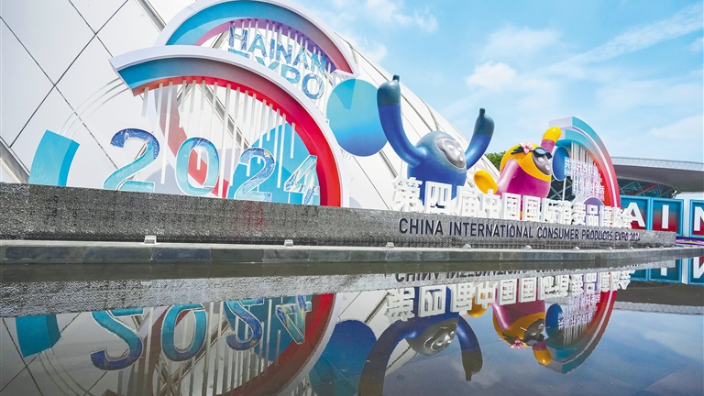By continuing to browser our site and use the services you agree to our use of cookies, Privacy Policy and Terms of Use. You can change your cookie settings through your browser.
In May 2020, the first season of the short documentary series This is Hainan: Discovering Mysteries that shines a light on Hainan’s ecological and cultural geography came out. In season 1, the film crew went deep into the forests of Yinggeling, Wuzhishan, and many other locations to film insects emerging from their larval phases and flying away from the surface of the water, Weaver Ants building their nests, White-crowned Forktails raising their chicks, a Leapard Gecko eating a cockroach, a leaf insect that is almost indistinguishable from a real leaf, and many more fascinating scenes.
The first part of the brand new second season, which was released on Monday, focuses on the wetlands and mangrove forest. You may be wondering how this exquisitely crafted, finely detailed series, with all its magnificent sights, was made.

The 5 members of the second season film crew have carried their heavy film equipment down from the tropical rainforest into the mangrove forest, following the track of water as it flows deep into the wetlands and the mangrove forest, and turning their lenses on the tiny creatures who live there.
Every time the crew headed off for a 3-day long episode shoot, they had to remember that the wetlands are not like the rainforest. To capture the scene well and avoid danger, they had to pay close attention to the daily changes of the tide, or risk being cut off with no way home. There was no firm ground to stand on in the wetlands, and the shifting sands that lie under the shallow waters made every step treacherous. If they stepped into the mud, they could sink up to their knees, which often forced the camera team to crawl their way forward.

“That way we could increase the surface area touching the ground, and keep from sinking so deep. Sometimes when we arrived at our shooting location, we found that after standing in one place for a time, it was hard to budge from that spot, and had to crawl hand and foot through the mud to get out,” said filmmaker and director Li Xiaogang.
Filming in the wetlands wasn’t only hard on the crew, it also took a toll on the equipment. The seawater that washes over the wetlands is quite salty, which can cause a lot of damage to the film equipment. Since the entire filming process took place in the wetlands, the crew had to take great care not to let the cameras dip into the water, or else they would be immediately ruined.

“Filming in the rainforest, as long as you were patient enough, you could usually capture some good imagery, but in the wetlands there were so many more problems. Since we weren’t familiar with the wetlands at the beginning, sometimes we waited all morning but still didn’t capture anything worth using,” said crew member Mi Hongxu.

In that kind of environment, the film crew would only observe and record, refusing to disturb any of the animals. Liu Sunmou said that this was the highest principle of the crew, that they had to film the normal behavior of the animals, and must not meddle with the laws of nature.
When they were filming birds, in order to avoid startling the flock, they had to film from a distance or from inside a blind. When filming from a distance, the slightest breeze would cause the whole scene to shake, and when filming from a blind, the sun would heat the interior so fiercely that they often were in danger of heatstroke. Even these difficulties didn’t hold the crew back, however. They soldiered on, waiting for the perfect shot to line up, and pressed the record button.
In the second season of the series, there are a lot of time-lapse shots, such as the rising and falling of the tides, the movements of shellfish, sunrises and sunsets. These difficult to capture scenes took a great deal of time and effort to create.

The season consists of 24 episodes, each running around 4 minutes, and will explore the mangrove forest, the wetlands, Baihualing, and the rainforests of Wuzhishan, as well as Jiaxi and the Exianling nature reserve, showing the entire world the beauty and richness of the amazing natural environment of Hainan.
16 New Measures Set to Make Life in Hainan for Foreigners Easier
08:10, 18-April-20244th CICPE Helps Hainan’s Yacht Industry Development
03:37, 18-April-2024New friends, new opportunities at the Hainan Expo
03:37, 18-April-2024Fáilte go Hainan! FTP Becomes Top Destination for Irish Firms
03:37, 18-April-2024Michael's EV Journey in Haikou
03:37, 18-April-2024OCOs on Expo: Inira’s magical Hainan Expo journey
06:01, 17-April-2024By continuing to browser our site and use the services you agree to our use of cookies, Privacy Policy and Terms of Use. You can change your cookie settings through your browser.





